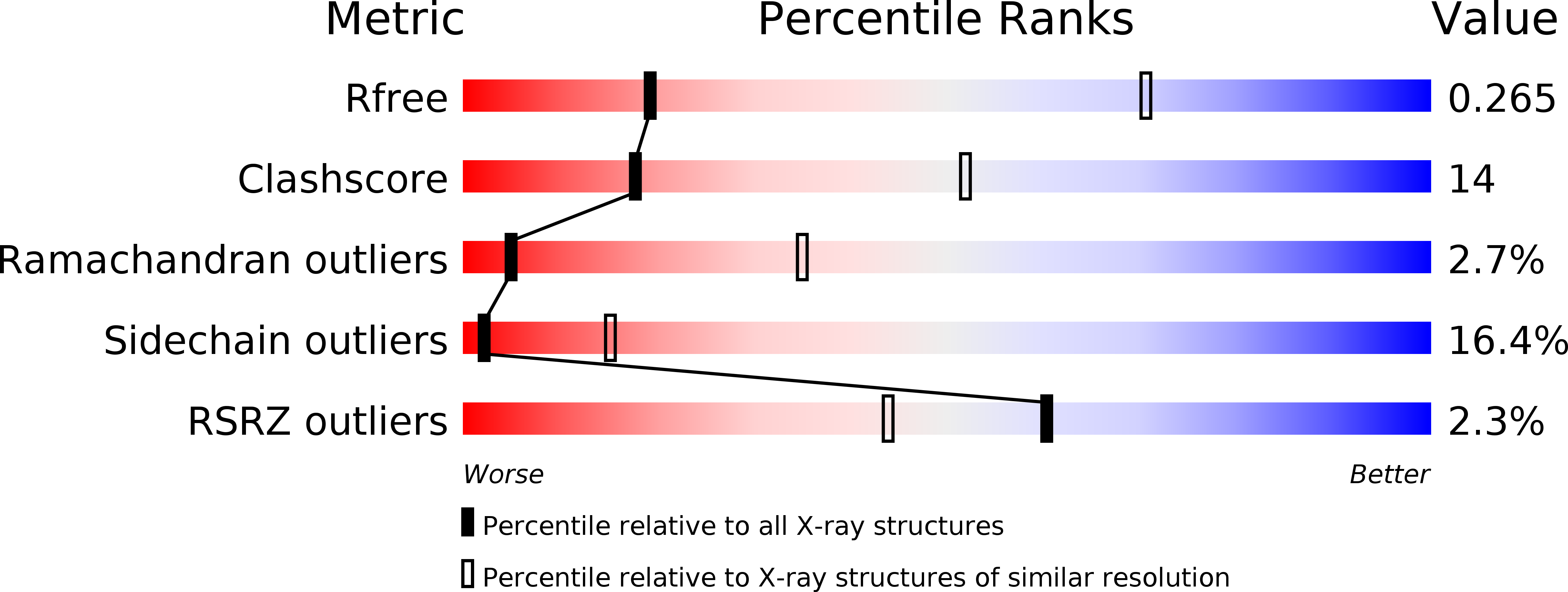
Deposition Date
2015-06-23
Release Date
2015-09-23
Last Version Date
2024-11-06
Entry Detail
PDB ID:
5C6T
Keywords:
Title:
Crystal structure of HCMV glycoprotein B in complex with 1G2 Fab
Biological Source:
Source Organism:
Human cytomegalovirus (Taxon ID: 10363)
Homo sapiens (Taxon ID: 9606)
Homo sapiens (Taxon ID: 9606)
Host Organism:
Method Details:
Experimental Method:
Resolution:
3.60 Å
R-Value Free:
0.26
R-Value Work:
0.21
R-Value Observed:
0.21
Space Group:
P 21 3


